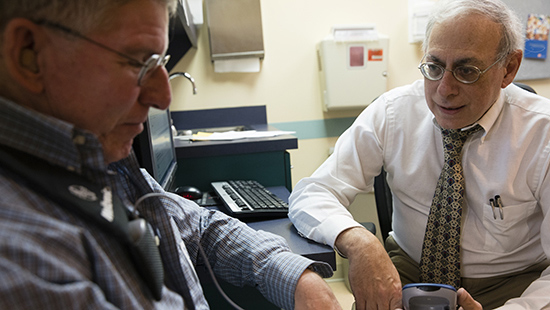Deep Brain Stimulation for Parkinson's Disease

Deep brain stimulation (DBS) is a procedure used to treat certain symptoms of Parkinson's disease.
It is designed to help patients with their tremor, and slowed movements, among other symptoms.
DBS uses electrical currents to "jam" abnormal brain signals.
DBS involves the implantation of a battery-operated pacemaker-like device (implanted pulse generator) under the collarbone. Attached to this device is a wire, which runs under the skin along the length of the neck up to the scalp.
The wire connects to an electrode, which is inserted into the target area deep inside the brain through a small hole in the skull.
Once in place, electrical impulses are sent from the implanted pulse generator to the tip of the electrode, these impulses interfere with the abnormal electrical signals that cause tremor and other symptoms of Parkinson's disease.
A number of symptoms typically respond very favorably to DBS, while other symptoms (e.g., problems with balance) do not tend to get much better.
Aside from Parkinson's disease, DBS surgery may also be performed for patients with Essential tremor (ET), refractory to standard medical treatment, and for patients with severe dystonia. The brain areas targeted for those diseases are different from the area targeted for Parkinson's disease.
For more information about Deep Brain Stimulation, please contact Sharon Powell, R.N., M.P.H., DBS coordinator, at 410-328-7797
